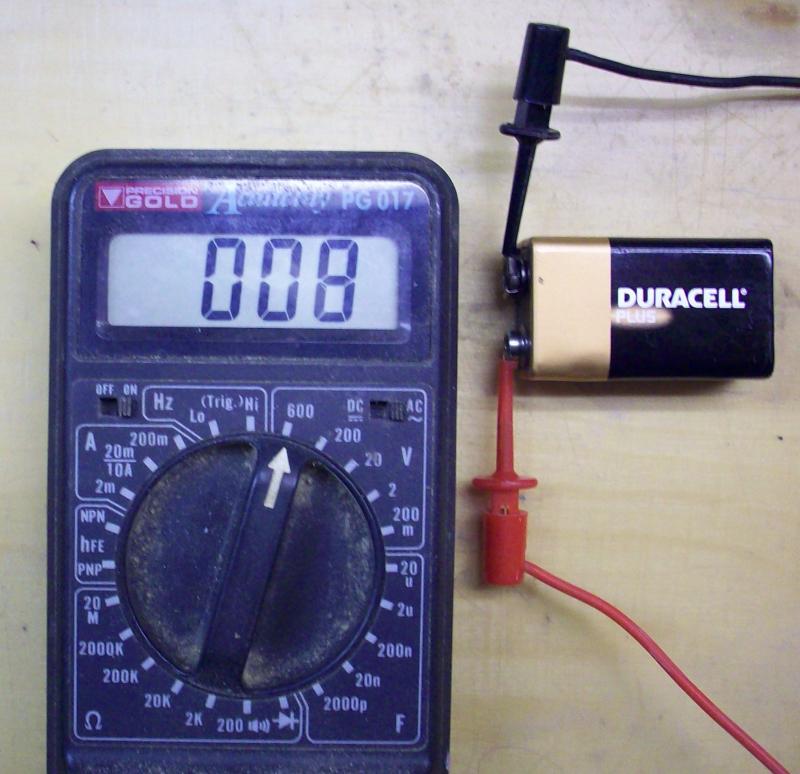Maybe I didn't pay enough, then (many years ago!) ...Edit: My eX rated meter does not respond to AC on a DC range nor vice versa and it was not cheap!
The reading is a bit low, but that's to be expected because the meter adjusts so as to read RMS (not peak) values on an AC range.
Kind Regards, John.



